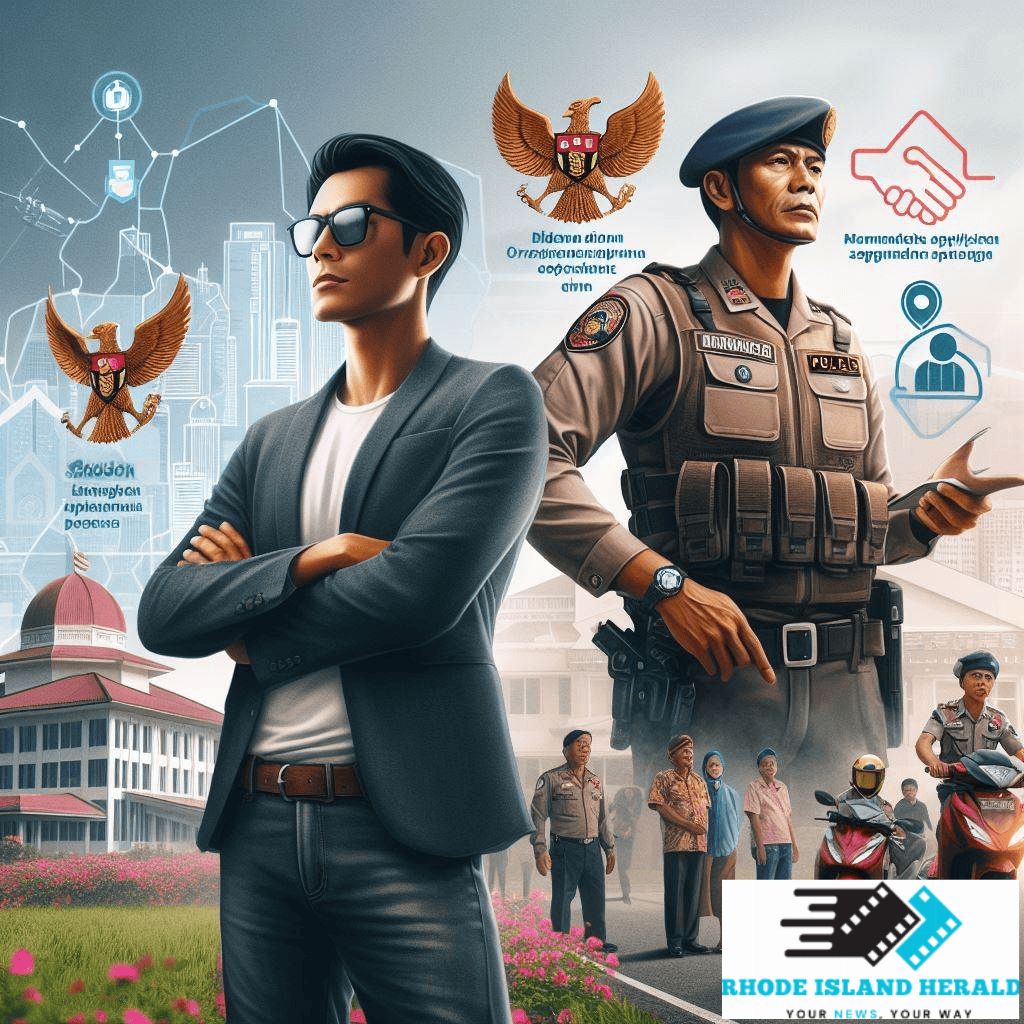Picture this: you’re cruising down a scenic highway, the wind whipping through your hair, the open road stretching endlessly before you. It’s a feeling of pure freedom, exhilarating and empowering. But beneath this idyllic scene lies a crucial responsibility – the responsibility to drive safely.
In today’s fast-paced world, navigating the complexities of the road can feel daunting. Distractions abound, from the allure of smartphones to the symphony of in-car entertainment systems. Yet, amidst the external stimuli, one core principle reigns supreme: defensive driving. Defensive driving is a proactive approach that prioritizes safety above all else. It’s the embodiment of a conscientious driver, ever vigilant and prepared for the unexpected.
This article delves into the three pillars of defensive driving: wearing a seat belt, avoiding distracted driving (particularly texting while driving), and practicing overall safe driving habits. By mastering these pillars, we transform ourselves from mere passengers hurtling down asphalt into guardians – guardians of our own lives, our passengers’ well-being, and the safety of everyone sharing the road.
Pillar 1: The Lifesaving Embrace of the Seat Belt
The seat belt. It’s a simple band of fabric, yet its significance is monumental. Statistics speak volumes: according to the National Highway Traffic Safety Administration (NHTSA), seat belts reduce the risk of fatal injuries for front-seat occupants by 45% and the risk of moderate to serious injuries by 50%.
Think of a seat belt as your personal shield against misfortune. In the unfortunate event of a collision, a properly fastened seat belt distributes the impact forces across your body, preventing you from being thrown from the vehicle. This significantly reduces the risk of severe head and spinal cord injuries.
The act of buckling up becomes an ingrained habit, a silent vow taken with yourself and your passengers before embarking on every journey. It’s a testament to the value we place on life, a commitment to arriving at our destinations not just swiftly, but safely.
Pillar 2: Eyes on the Road, Hands on the Wheel
In our hyper-connected world, the constant lure of technology presents a formidable challenge – distracted driving. Texting while driving is particularly egregious, transforming a focused driver into a potential road menace.
Sending a text might seem like a harmless act, a quick exchange that takes mere seconds. But in the dynamic environment of the road, those seconds can be the difference between safe passage and devastating consequences.
The human brain is wired to process information sequentially. Texting diverts our attention away from the primary task – driving – and redirects it to a secondary function – composing and sending a message. This cognitive juggling act compromises our ability to react swiftly to hazards on the road.
Texting while driving isn’t just a lapse in judgment; it’s a recipe for disaster.
Beyond texting, a multitude of distractions vie for our attention: adjusting the radio, checking navigation apps, or simply glancing at a notification.
The key to combating these distractions lies in preemptive planning. Set your navigation app and silence your phone before setting off. If a call is truly urgent, pull over to a safe location before answering. Remember, a missed message or call is a minor inconvenience compared to the potential devastation of a distracted driving accident.
Pillar 3: The Art of Safe Driving
Defensive driving extends far beyond the absence of distractions. It’s a comprehensive approach that encompasses a range of skills and behaviors:
- Maintaining a safe following distance: This provides ample reaction time in case the vehicle ahead brakes suddenly.
- Scanning the road ahead: Be mindful of potential hazards, such as merging vehicles, stopped traffic, or pedestrians.
- Anticipating maneuvers of other drivers: A defensive driver doesn’t just react; they anticipate the actions of others and adjust their own driving accordingly.
- Maintaining proper lane discipline: Erratic lane changes and weaving through traffic are a recipe for trouble.
- Adjusting speed for conditions: Slow down during adverse weather conditions, on unfamiliar roads, or in areas with heavy traffic.
Mastering these skills takes practice and a conscious effort. However, the rewards are immeasurable – the peace of mind that comes from knowing you’re doing everything in your power to navigate the roads safely.
Beyond the Basics: Cultivating a Defensive Mindset
Defensive driving is more than a collection of techniques; it’s a mindset. It’s about adopting a sense of responsibility for your own safety and the safety of those around you. It’s about fostering an awareness of your surroundings and anticipating potential threats.
Defensive drivers are courteous drivers. They understand that the road is a shared space, and they treat fellow motorists with respect. They avoid aggressive driving tactics, such as tailgating or cutting off other vehicles.
Defensive drivers are patient drivers.
They understand that unexpected delays are inevitable, and they prioritize safe driving over shaving off a few minutes from their journey. They navigate traffic jams with a calm demeanor, avoiding impulsive maneuvers that could escalate into accidents.
Defensive drivers are lifelong learners. They recognize that road rules and driving techniques are constantly evolving. They stay updated on traffic regulations and attend defensive driving courses to hone their skills.
The Ripple Effect of Safe Driving
The benefits of defensive driving extend far beyond the individual driver. By prioritizing safety, we create a ripple effect that fosters a more secure environment for everyone on the road. Fewer accidents translate to less traffic congestion, reduced strain on emergency services, and ultimately, a more peaceful and efficient transportation system.
Imagine a world where every driver embraces the principles of defensive driving. A world where seat belts are instinctively fastened, smartphones remain silenced, and courtesy reigns supreme. This world might seem idealistic, but it’s a world we can all strive towards, one responsible decision at a time.
Taking the Pledge: A Commitment to Safe Driving
The road beckons, a vast network connecting people and places. As we embark on our journeys, let us take a pledge – a pledge to prioritize safety and become defensive drivers. Let us wear our seat belts as a badge of honor, a testament to our commitment to life. Let us silence our distractions and focus on the task at hand. Let us navigate the roads with courtesy, patience, and a keen awareness of our surroundings.
By embracing these principles, we transform from mere participants in traffic into active guardians of the road. We become stewards of safety, weaving a tapestry of responsibility that protects ourselves, our loved ones, and our fellow travelers. So, the next time you slide behind the wheel, remember – the road is a shared responsibility. Buckle up, silence distractions, and drive defensively. Let’s make every journey a testament to the power of responsible driving.
Visit More Updates: Click Now

Defensive Driving FAQs
- Why is wearing a seat belt so important?
Seat belts are your first line of defense in a crash. They significantly reduce the risk of serious injuries and fatalities by distributing impact forces and preventing you from being thrown from the vehicle.
- Isn’t texting while driving just a quick task?
No! Texting diverts your attention away from the road, even for a few seconds, which can be disastrous. Your brain can’t multitask effectively, and delayed reaction times can lead to accidents.
- What are some alternatives to texting while driving?
Use voice-activated features or pull over to a safe location before making a call or sending a text.
- What’s the safe following distance?
Maintain a following distance of at least 3-4 seconds behind the car in front of you. This allows ample reaction time if they brake suddenly.
- What does scanning the road involve?
Continually scan the road ahead, behind, and to the sides. Look for potential hazards like merging vehicles, stopped traffic, pedestrians, or animals.
- How can I anticipate other drivers’ actions?
Observe their behavior – are they signaling lane changes? Do they seem erratic or distracted? By anticipating their maneuvers, you can adjust your driving accordingly.
- Why is staying in your lane important?
Frequent lane changes and weaving through traffic create unnecessary risks for yourself and others. Maintain proper lane discipline for a smoother and safer flow of traffic.
- When should I adjust my speed?
Always adjust your speed for the prevailing conditions. Slow down during bad weather, on unfamiliar roads, or in heavy traffic congestion.
- What’s the difference between defensive and aggressive driving?
Defensive drivers are proactive and courteous. They anticipate hazards, maintain safe following distances, and avoid aggressive tactics like tailgating or cutting off other vehicles.
- How can I stay patient while driving?
Accept that unexpected delays are inevitable. Focus on maintaining a calm and collected demeanor, prioritizing safety over speeding up to reach your destination.
- Are there resources available to improve my defensive driving skills?
Many online resources, driving courses, and defensive driving programs can help you hone your skills and stay updated on traffic laws.
- How does defensive driving benefit others?
By prioritizing safety, you create a safer environment for everyone on the road. Fewer accidents translate to fewer injuries, reduced strain on emergency services, and a more positive driving experience for all.
- What’s the ultimate goal of defensive driving?
Defensive driving aims to cultivate a mindset of awareness, responsibility, and respect on the road. It’s about arriving at your destination safely, fostering a sense of community, and making the roads a more enjoyable space for everyone.




